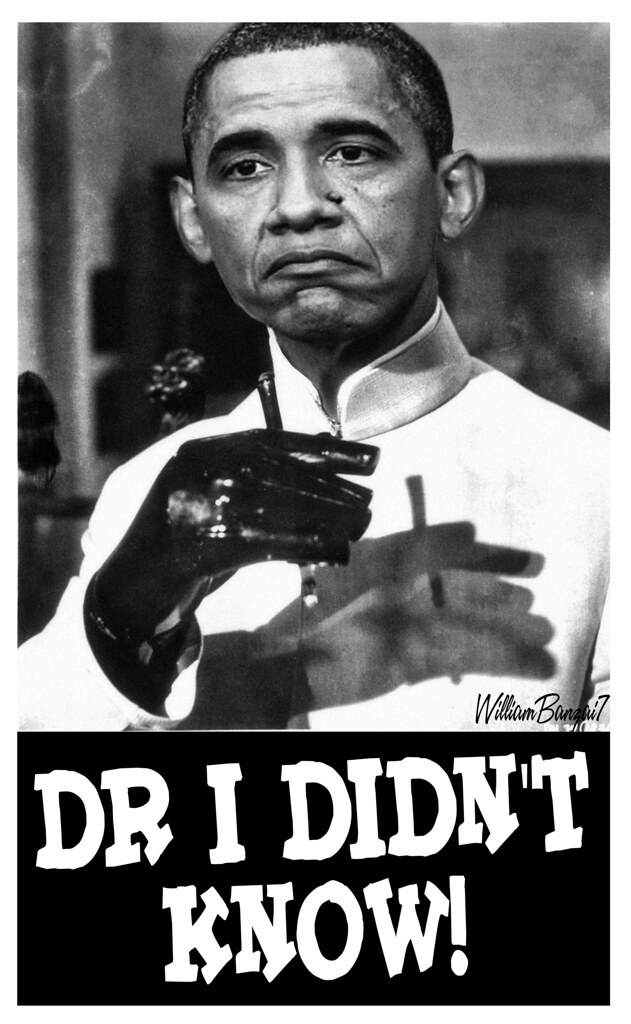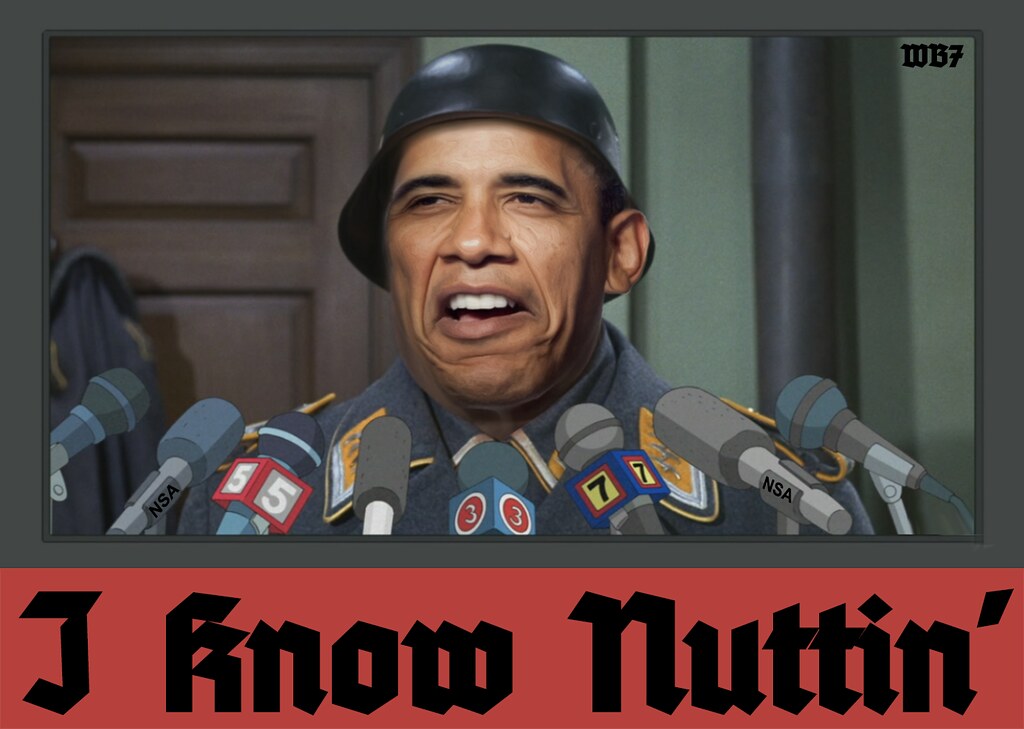We recently noted that, despite all the hot money flows and self-congratulatory extrapolation, European macro data is collapsing (as opposed to supporting ideas of recovery). In fact, it is falling at the fastest pace in over a year as the prospect of the euro area falling into deflation may be increasing; as Bloomberg’s Niraj Shah notes the single currency rises, growth loses momentum, money-supply expansion slows and bank lending stagnates. As Shah fears, that may push the region into a debt spiral as the real value of debt increases, marking a new phase in the crisis.
Inflation May Turn to Deflation

The pace of inflation has almost halved since the start of the year to a three-and-a-half year low of 1.1 percent in September. Core prices are near a record low of 0.8 percent at 1 percent. Greece is already experiencing deflation as prices fell at an annual rate of 1 percent in September. Spain’s 0.5 percent CPI rate may already be negative once the increase in the 3 percentage point rise in VAT is excluded.
Weak Credit Extension

The three-month average M3 money-supply growth stands well below the ECB’s reference rate of 4.5 percent. It slowed to 2.1 percent in September from 2.3 percent in the prior month. Credit extension is likely to remain weak as banks deleverage their balance sheets in preparation for next year’s Asset Quality Review and stress tests.
Deflation Risks Increase as Euro Strengthens

The strength of the euro will place downward pressure on prices. The Bank of International Settlements measure of the real effective exchange rate, which is deflated by the consumer price index, rose to 98.8 last month, the highest this year. The euro has risen 4.4 percent against the dollar this year.
Real Cost of Debt Servicing to Swell

Countries’ real debt will increase as they fall into deflation. The euro-area debt ratio already stood at 93.4 percent of GDP in the second quarter of 2003 versus 89.9 percent in the same quarter in 2012. Greece had a debt ratio of 169.1 percent in the second quarter. That is only surpassed by Japan and Zimbabwe. Belgium, Ireland, Italy, Portugal have debt ratios exceeding 100 percent.
Source: Niraj Shah (@economistniraj)
![]()
via Zero Hedge http://feedproxy.google.com/~r/zerohedge/feed/~3/AtfnjVKp2LU/story01.htm Tyler Durden


















